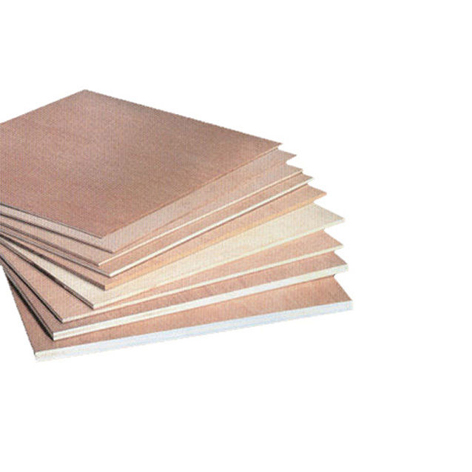We have worked hard to source a wide range of products to meet any need. .
We have done the quality control and checking so you don't have to. All our products have a proven track record and are manufactured to the highest standards.
OUR PRODUCTS
New Arrivals
-
220 left in stock
-
1208 left in stock
Braceply F22 H2S treated Hardwood
$30.45 – $4,125.00Price range: $30.45 through $4,125.00Rated 0 out of 54mm Braceply, typically used for wall or cabinetry bracing.
-
378 left in stock
BB Non Structural 2400x1200x15mm
$65.00 – $3,627.00Price range: $65.00 through $3,627.00Rated 0 out of 5Pine Veneer, Thicknesses vary from 3mm – 18mm depending on your needs.
-
70 left in stock

PLY SUPPLY is proud to be associated with the Master Builders WA Association.
As the peak national industry association for the construction and building industries in Australia the Master Builders WA Association represent quality.
Express Delivery
Fast delivery turn around for even large orders
Safe Payment
With our payment gateway from the Commonwealth Bank of Australia you don’t worry
Premium Packaging
Our flooring comes boxed up to protect against any damage in transportation
Friendly Services
With staff on hand through the chat function we can help with any enquiry
Plywood comes in 4 grades, denoted by letters (A, B, C, D). These grades indicate the quality and appearance of the surface veneers (the outer layers):
Our Structural Plywood is C/D Grade.
Our Non-Structural Plywood is B/B Grade.
- A Grade: This has the highest quality surface with minimal defects, ideal for applications where appearance is important.
- B Grade: This has some minor defects like small knots or repairs, but still suitable for painting or applications where a perfect finish isn't required.
- C Grade: This has more noticeable defects like larger knots or repairs. Still structurally sound but best suited for hidden applications.
- D Grade: This grade has the most knots and repairs, making it the least expensive option. It's suitable for rough applications where strength is the only concern.
Plywood will always have an odd number of layers, starting at 3 and moving up to around 13 for an 18mm sheet.
Most Face veneers are 0.3mm thick, in some cases this can be thicker to allow more leeway with sanding the face. Most Non-Structural Plywood is already smooth to allow for the fact the veneer is thin.
Yes, you can paint plywood. To ensure a good finish, prime the surface first to fill any imperfections and create a smooth base for the paint. With Non-Structural Plywood the surface is typically already smooth, structural plywood will have a rougher finish.
For outdoor projects, you'll want to choose exterior-grade plywood. This type of plywood uses waterproof glue (A Bond) and has weather-resistant coatings to handle moisture, humidity, and temperature changes. Common options include:
- CDX plywood (Structural Plywood): A popular and affordable choice for outdoor structures like sheds or fences.
- Marine-grade plywood: The strongest and most water-resistant option, ideal for long-lasting outdoor furniture, decks, or boats.
The main difference lies in the glue used. Structural plywood has stronger, more water-resistant glue (A-bond) for supporting weight. Non-structural plywood uses less moisture-resistant glue (B bond) with higher grade face veneers more for aesthetics than structural applications like wall panels or cabinet frames. Structural plywood is also rated to a certain strength where as a non-structural one is not.
Yes, you can coat plywood to make it more resistant to water damage. You can apply coatings like epoxy, sealants, or polyurethane treatments to offer moisture resistance. Always seal the edges of the plywood as well, since these are more prone to absorbing moisture.
For long-lasting waterproof projects, consider using exterior-grade plywood (like Structural or Marine grade) specifically designed to withstand moisture.
No, structural plywood is stronger than MDF. Plywood's cross-layered construction provides superior strength and distributes weight more evenly. MDF is denser but can be weaker under stress or concentrated loads. Plywood is also more dimensionally stable in humid environments.






